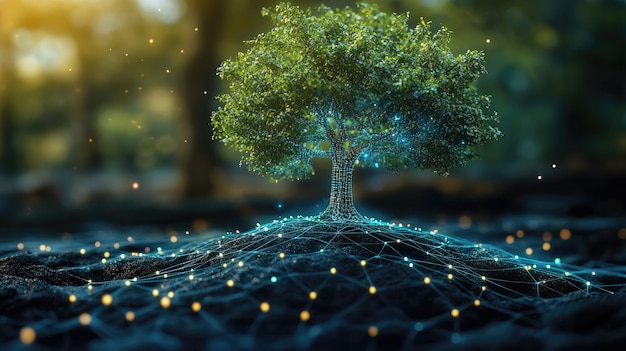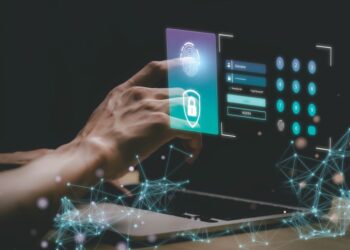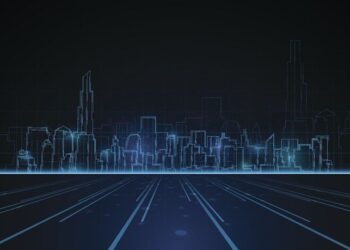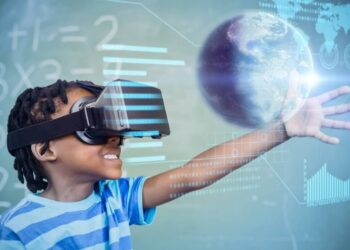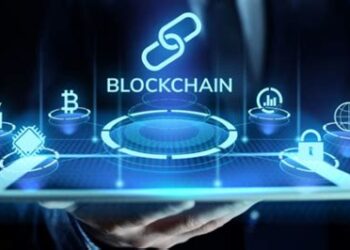In the constantly evolving digital era, emerging technologies are reshaping industries, revolutionizing consumer behavior, and transforming how businesses operate. From Artificial Intelligence to Blockchain, new innovations are paving the way for smarter, faster, and more secure digital experiences. Understanding these transformative forces is essential for businesses, tech enthusiasts, and digital strategists who aim to stay ahead in the competitive digital landscape.
This article delves into the leading emerging technologies that are currently driving massive shifts in the digital ecosystem and explores their real-world applications, benefits, and the challenges that lie ahead.
What Are Emerging Technologies?
Emerging technologies refer to innovations that are currently developing or will be developed over the next five to ten years. These technologies are expected to substantially alter industries, business models, consumer interactions, and even societal norms. Unlike established tech, emerging technologies carry the potential to disrupt markets and generate new economic opportunities.
A. Artificial Intelligence (AI) and Machine Learning (ML)
Artificial Intelligence and Machine Learning have become the cornerstones of the current tech revolution. These technologies involve machines simulating human intelligence, learning from data, and making decisions without explicit programming.
Key Applications:
A. Personalized recommendations in e-commerce and streaming platforms
B. Chatbots and virtual assistants for customer service
C. Predictive analytics in finance, healthcare, and marketing
D. Facial recognition for security and surveillance
E. Autonomous vehicles and robotics
Advantages:
-
Enhances operational efficiency
-
Reduces human error
-
Provides deep insights from big data
-
Improves user experience with personalization
Challenges:
-
Ethical concerns around data privacy
-
Bias in AI algorithms
-
High development costs
B. Internet of Things (IoT)
The Internet of Things refers to the interconnected network of devices that collect and exchange data through the internet. From smart homes to industrial sensors, IoT is creating smarter environments.
Use Cases:
A. Smart home systems like thermostats, lights, and security
B. Wearable fitness and health trackers
C. Smart agriculture with soil monitoring
D. Industrial IoT (IIoT) for predictive maintenance
E. Fleet management in logistics
Benefits:
-
Real-time monitoring and automation
-
Enhanced energy efficiency
-
Improved decision-making
-
Better consumer engagement
Drawbacks:
-
Vulnerabilities to cyber-attacks
-
Complex data integration
-
Standardization issues
C. Blockchain Technology
Initially associated with cryptocurrency, Blockchain is now gaining traction in multiple industries due to its decentralized and immutable nature.
Practical Implementations:
A. Secure financial transactions
B. Supply chain transparency
C. Digital identity verification
D. Smart contracts for automated agreements
E. Voting systems and record keeping
Strengths:
-
Enhances transparency and trust
-
Minimizes fraud
-
Reduces transaction costs
-
Decentralizes control
Limitations:
-
Scalability issues
-
Regulatory uncertainty
-
High energy consumption in some models
D. Augmented Reality (AR) and Virtual Reality (VR)
AR and VR are immersive technologies changing the way users interact with digital environments. AR overlays digital content in the real world, while VR immerses users in fully simulated environments.
AR/VR Applications:
A. Virtual try-ons in e-commerce and fashion
B. Immersive gaming and entertainment
C. Virtual real estate tours
D. Training simulations in healthcare and defense
E. Enhanced educational tools
Advantages:
-
Increases customer engagement
-
Improves learning retention
-
Creates interactive product demos
-
Enables remote training and collaboration
Challenges:
-
High cost of equipment
-
Limited content availability
-
Motion sickness in VR usage
E. 5G Connectivity
5G, the fifth-generation wireless technology, provides faster data speeds, lower latency, and improved connectivity compared to its predecessors. It serves as a foundation for other emerging tech like IoT, AR/VR, and autonomous vehicles.
Notable Applications:
A. Smart city infrastructure
B. Enhanced mobile broadband
C. Remote surgery and telemedicine
D. Connected autonomous vehicles
E. Industrial automation
Pros:
-
Ultra-fast data transfer
-
Supports massive device connectivity
-
Improves real-time data sharing
-
Enables advanced use cases in various sectors
Cons:
-
High infrastructure costs
-
Limited coverage in early stages
-
Health and environmental concerns
F. Quantum Computing
Quantum computing leverages the principles of quantum mechanics to perform complex computations far beyond the reach of traditional computers. While still in its early stages, it holds immense promise for specific industries.
Potential Use Cases:
A. Drug discovery and molecular modeling
B. Advanced cryptography
C. Traffic optimization
D. Financial modeling
E. Climate forecasting
Benefits:
-
Solves problems too complex for classical computers
-
Accelerates innovation in science and tech
-
Increases data processing speed exponentially
Challenges:
-
Extremely difficult to build and maintain
-
High energy and cooling requirements
-
Limited number of quantum engineers
G. Edge Computing
Edge computing brings data processing closer to the location where it’s needed, reducing latency and bandwidth usage. It is particularly relevant for applications that require real-time data, like autonomous systems or AR/VR.
Practical Examples:
A. Smart traffic lights and transportation systems
B. Industrial automation in manufacturing
C. Real-time data in healthcare monitoring
D. Augmented reality applications
E. Content delivery in gaming and media
Key Advantages:
-
Reduces delay in data transfer
-
Enhances data security
-
Optimizes network usage
-
Enables real-time decision making
Key Drawbacks:
-
Increased hardware costs
-
Security concerns at the edge nodes
-
Need for robust infrastructure
H. Robotic Process Automation (RPA)
RPA uses software bots to automate repetitive tasks, streamlining business processes. It is particularly valuable in back-office functions like accounting, HR, and customer service.
Common Applications:
A. Invoice processing
B. Payroll automation
C. Customer support ticketing
D. Data entry and migration
E. Compliance reporting
Benefits:
-
Saves time and reduces costs
-
Minimizes human error
-
Increases employee productivity
-
Scalable across departments
Issues:
-
Job displacement fears
-
Requires oversight and updates
-
Integration challenges with legacy systems
I. Biometric Technology
Biometric systems use unique biological characteristics—like fingerprints, facial features, and iris patterns—to verify identities. These are becoming increasingly integrated into security systems, smartphones, and public infrastructure.
Use Cases:
A. Unlocking smartphones
B. Border control and airport security
C. Access to banking services
D. Time and attendance systems
E. Personalized healthcare
Pros:
-
High security and fraud prevention
-
Quick and convenient authentication
-
Difficult to forge or steal
Cons:
-
Privacy concerns
-
Data breaches involving sensitive information
-
Expensive to implement
J. Cybersecurity Enhancements
As digital threats evolve, cybersecurity technologies are becoming more advanced. Emerging solutions include AI-powered threat detection, zero-trust architectures, and biometric authentication.
Key Strategies:
A. Predictive threat intelligence
B. Behavioral analytics
C. End-to-end encryption
D. Multifactor and biometric authentication
E. Cloud-native security solutions
Benefits:
-
Protects sensitive data
-
Builds trust with users
-
Prevents costly cyberattacks
-
Supports compliance with regulations
Ongoing Challenges:
-
Sophisticated attack techniques
-
Human error as a weak point
-
Keeping pace with innovation
Future Outlook: Integrating Emerging Tech
The convergence of these technologies holds even more transformative potential. Imagine smart cities powered by IoT and 5G, secured by blockchain, and enhanced through real-time data analytics using AI. The future is not about isolated innovations but about a synergistic tech ecosystem that reshapes industries.
Strategic Integration Tips:
A. Stay updated with tech trends
B. Invest in skill development and talent
C. Focus on scalable solutions
D. Prioritize cybersecurity from the start
E. Partner with innovative tech providers
Conclusion
The digital revolution is being accelerated by an array of powerful emerging technologies. Businesses and individuals that adapt quickly to these changes will enjoy a competitive edge, greater efficiency, and new growth opportunities. However, staying informed, cautious, and strategic is essential to truly leverage the potential of this evolving digital landscape.
By embracing innovation with a forward-thinking approach, we pave the way for a smarter, more connected, and inclusive digital future.

